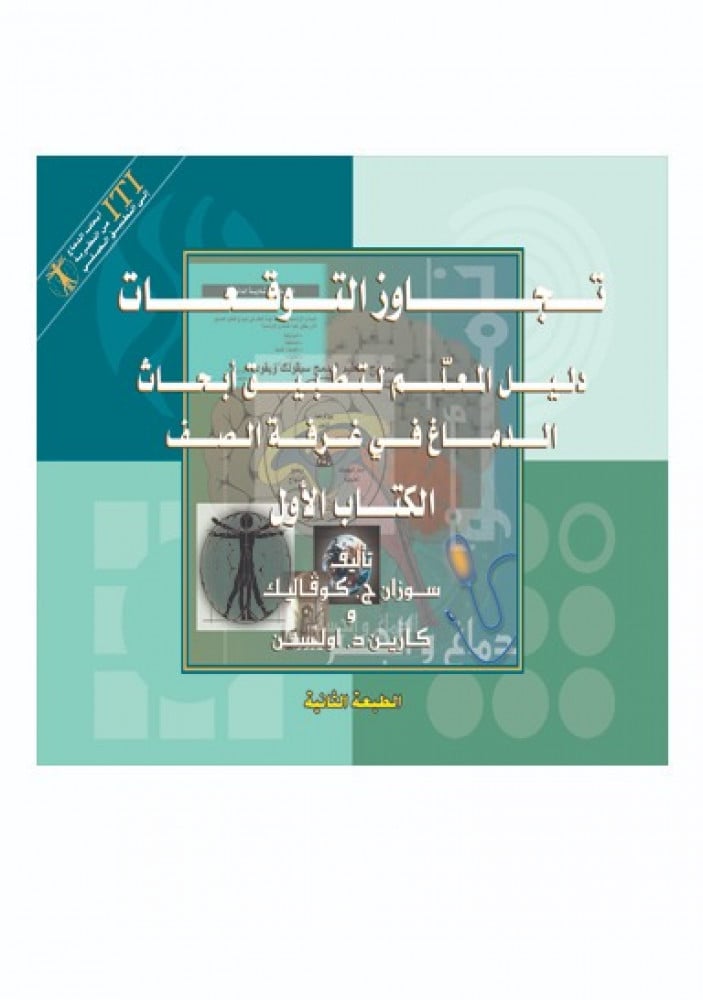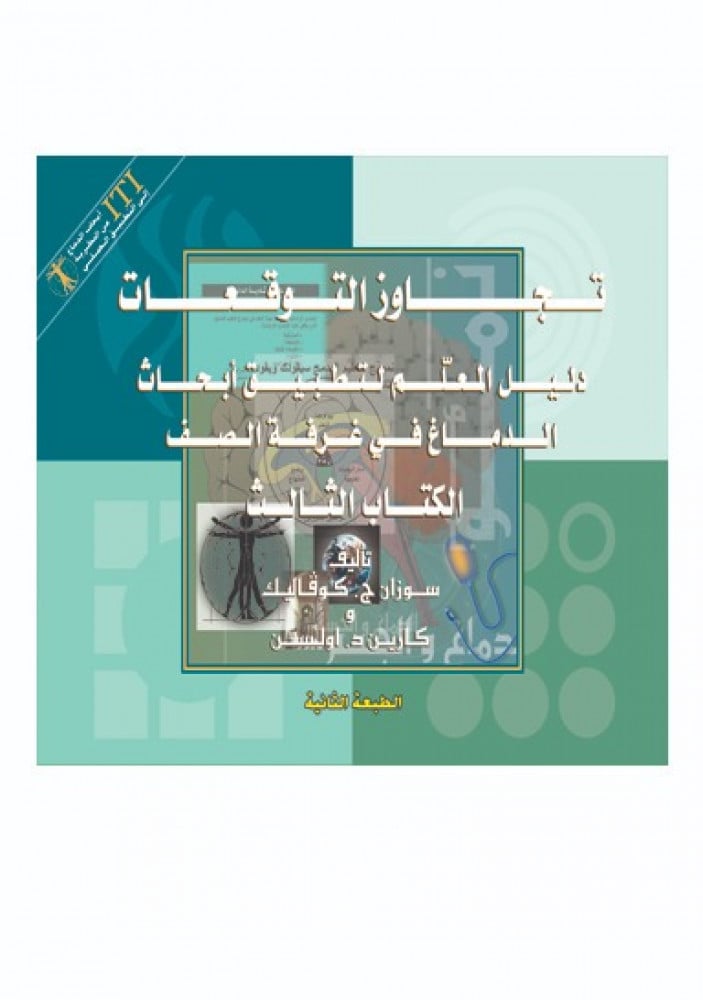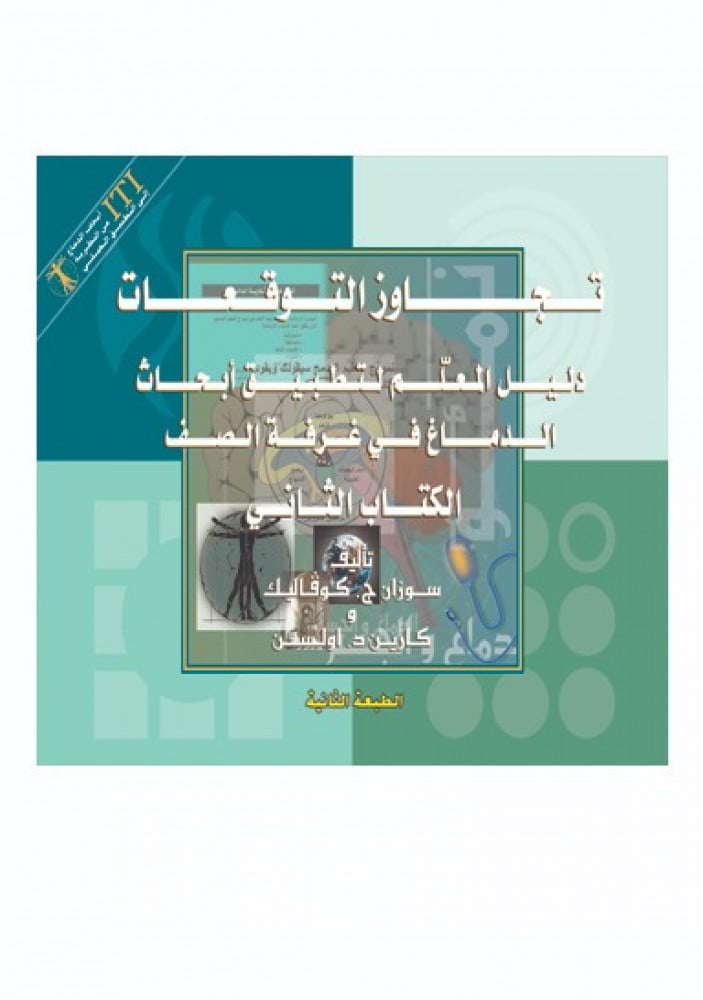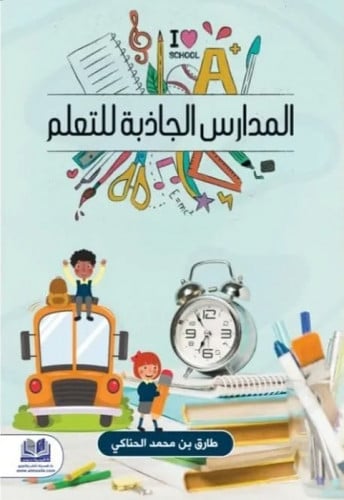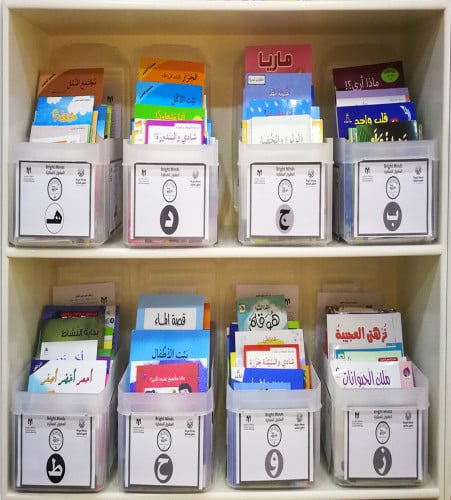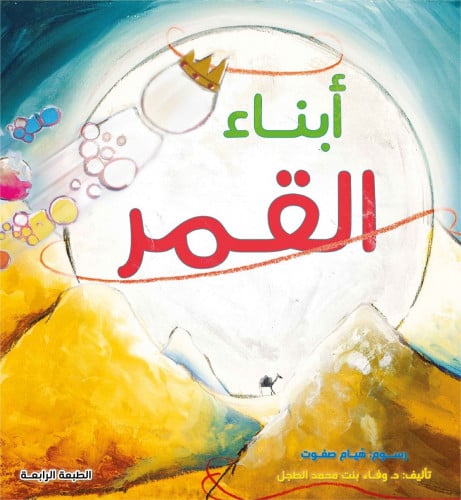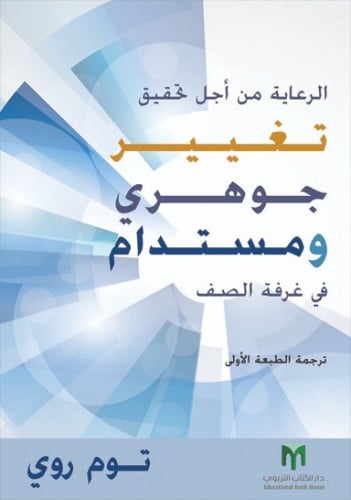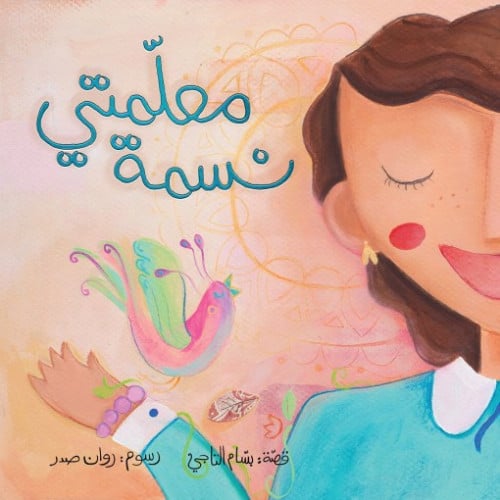AVAILABLE IN ARABIC
About This Book
This exciting book describes the brain research base for the Kovalik HET model (formerly ITI model) and provides hundreds of curriculum and instructional practices for acting on it. Organized by the HET Learning Principles and the HET Stages of Implementation, it is designed to be used as a handbook to guide a step-by-step implementation of HET. This book replaces ITI: The Model, which is no longer in print.
The HET model is based on five basic principles of brain research, each of which is described in detail in the book:
1) Intelligence is a function of experience.
2) Learning is an inseparable partnership between the brain and body; emotional is the gatekeeper to learning and performance, and movement enhances learning.
3) There are multiple intelligences or ways for solving problems and producing products.
4) Learning is a two step process: Step one is making meaning through pattern seeking and step two is developing a mental program for using what we understand and wiring it into long-term memory.
5) Personality impacts learning and performance.
The author, Susan Kovalik, has been a classroom teacher and curriculum innovator/developer for more than 25 years. During the past 23 years she has been developing and refining the teaching model for curriculum and instruction based on brain research. Co-author Karen Olson has a doctorate from Columbia University Teachers College and worked for the California State Department of Education for 12 years. She was one of the original founders of the California Institute of School Improvement and author, co-author, and editor of numerous other education related books. This book details how to apply what has been learned about the brain into real world classroom instructions and curriculums.
*********************************************************
Another Overview
I had heard a number of people extoll the virtues of this program and had to have a look. The Author continually discusses ""brain research,"" but there is no current information. They throw in a few anatomy slices of what parts of the brain do and think they'll fool you. One of their references is a 1995 ABC news report on the brain.
Some of the information on multiple intelligences is interesting.
They claim that using ""all 19"" (including, but not limited to, barometric, geogravimetric, ionic, magnetic..) results in ""unforgettable learning"" that reveals ""full application of brain research."" No wonder Johnny can't read.
Furthermore, the authors are part of a for-profit organization that sells this program, including consulting.
If there is data, other than anecdotes, that this is the most effective way to educate kids, the authors haven't made that apparent. I'm much more impressed with Robert J Marzano's ""What Works in Schools,"" which is data driven.
While there are some useful points in this book, I think its mostly snake oil that shouldn't guide an entire educational program.
Topics : Teaching Strategies
Table Of Content
Dedication
Acknowledgements
Table of Contents
Preface
Origins of the ITI Model
Overview of the ITI Model
How to Use This Book
Part A: Brain Research and Its Practical Implications
Chapter One As a Function of Experience
Enriched Environment
Meaningful Content
Collaboration
Movement
Choices
Adequate Time
Immediate Feedback
Mastery
Absence of Threat/Reflective Thinking
Chapter Two —The Inseparable BodLbrain Partnership
—Emotion and Movement
—Emotions as the Gatekeeper to Learning and Performance
— Movement to Enhance Learning
Absence of Threat
Movement Collaboration
Meaningful Content
Choices
Enriched Environment
Adequate Time
Immediate Feedback
Mastery
Chapter Three—Multiple Intelligences
Choices
Meaningful Content
Enriched Environment
Adequate Time
Absence of Threat/Reflective Thinking
Collaboration
Immediate Feedback
Mastery
Movement
Chapter Four—Step One of Learning: The Brain As Pattern-Seeker and Meaning-Maker
Meaningful Content
Movement
Enriched Environment
Adequate Time
Immediate Feedback
Mastery
Absence of Threat/Nurturing Reflective Thinking
Choices
Collaboration
Chapter Five—Step Two of Learning: Developing Programs to Use What Is Understood
Movement
Meaningful Content
Immediate Feedback
Mastery
Adequate Time
Enriched Environment
Choices
Collaboration
Absence of Threat/Nurturing Reflective Thinking
Chapter Six–Impact of Personality
Taking in Information
Decision Making
Lifestyle
Orientation to Self and Others
Part B: Stages of Implementation: I —Getting Started
Chapter Seven–What to Do Before the First Day of School
Chapter Eight–What to Do During the First Day of School and Onward
Chapter Nine–The Lifelong Guidelines and LIFESKILLS
Chapter Ten–Getting Started with the Lifelong Guidelines and LIFESKILLS Chapter Eleven–What to Accomplish Before Moving on to Stage Two
Part C: Stages of Implementation: 2—First Steps to Integrating Curriculum
Chapter Twelve–Where and How to Start Integrating Curriculum: My Reality Chapter Thirteen–Developing Curriculum Based on a Physical Location
Chapter Fourteen–Developing and Using Key Points
Chapter Fifteen–Developing and Using Inquiries
Chapter Sixteen–Assessing Competence vs. Grading
Part D: Stages of Implementation: 3-5—Working Toward Total Integration in a Fully Bodybrain-Compatible Learning Environment
Chapter Seventeen–Creating a Yearlong Theme
Chapter Eighteen–Citizenship Through Social/Political Action and a Microsociety Chapter Nineteen–Integrating Basic Skills
Part E: Instructional Strategies for Bodybrain-Compatible Instruction
Chapter Twenty—Instructional Strategies Needed Every Day
Chapter Twenty-One—Strategies for Introducing & Reteaching
Appendices:
A—ITI Classroom Stages of Implementation
B— Discovery Process
C—Communicating with Parents
D — Age-Appropriate Curriculum
Glossary
Bibliography
Catalog of Resources
About the Authors
Susan J.Kovalik:

Susan J.Kovalik: After graduating in 1961 from California State University, San Jose, with a B.A. in elementary Education, Susan J. Kovalik began her teaching career as a sixth grade elementary teacher followed by a science teacher in a K-6 elementary school of 1,200 and a GATE (Gifted and Talented Education) teacher in five schools. In 1984, Susan was awarded the California Gifted and Talented Teacher of the Year. During this time, she also found time to share her love for experiential learning as the community leader of a multi-faceted 4-H club with 50 families and 37 projects.
Building on her own teaching experiences and emerging brain research, Susan developed the ITI model (Integrated Thematic Instruction), now referred to as the HET model (Highly Effective Teaching). Over the next 25 years, Susan and her remarkably talented associates have trained thousands of teachers in hundreds of schools throughout the United States, Europe, and Asia.
In 1987, the ITI Model was selected by the David and Lucile Packard Foundation to support the teaching of science in Monterey County, CA. Over 700 teachers participated in the program known as Monterey County Science Improvement Project (MCSIP).
The ITI/HET model was one of the 56 programs in the national Comprehensive School Reform Catalog , was selected for inclusion in the college text, Charles Reigaluth’s Instructional-Design Theories and Models: A New Paradigm of Instructional Theory and selected by the American Youth Policy Forum targeting Service Learning and Educational Reform as one of their 22 models.
Susan has created support materials, publications, and media products for teachers in brain-compatible instruction. Several of her 20 training videos received both the Gold Apple and Silver Apple awards from the National Educational Film and Video Festival.
A keynoter of national reputation, Susan continues to dedicate herself to improving education and helping others in implementing a bodybrain-compatible learning environment for students and their teachers.
Karen D. Olsen:

Karen D. Olsen is author, co-author, and contributing editor of two dozen books focusing on using brain research to create schoolwide change. Her most recent book, What Brain Research Can Teach Us About Cutting School Budgets, is also published by Corwin Press. Her experience includes serving as executive director of the Mid-California Science Improvement Program (MCSIP), a ten-year effort funded by the David and Lucile Packard Foundation to improve science education using the ITI/HET model. She also served as executive director of the Bay Area Middle School Program, a project to create model middle schools. Olsen was one of the original founders of the California Institute of School Improvement, a non-profit organization designed to support schools and districts in a wide range of school change issues. As program director, she conducted seminars on a range of topics including implications of recent legislation, schoolwide planning and program quality review processes, and the role of mentor teachers as change agents. Addtional experience includes planning and development for the California State Department of Education.
FormatsList PriceQtyPrinted BookSAR 113.00Add to Cart
- ISBN: 9786038147139
- Author: Susan J.Kovalik & Karen D. Olsen
- Publisher: Educational Book House
- Publish Year: 2015
- Size: 27*21cm
- Pages number: 570

